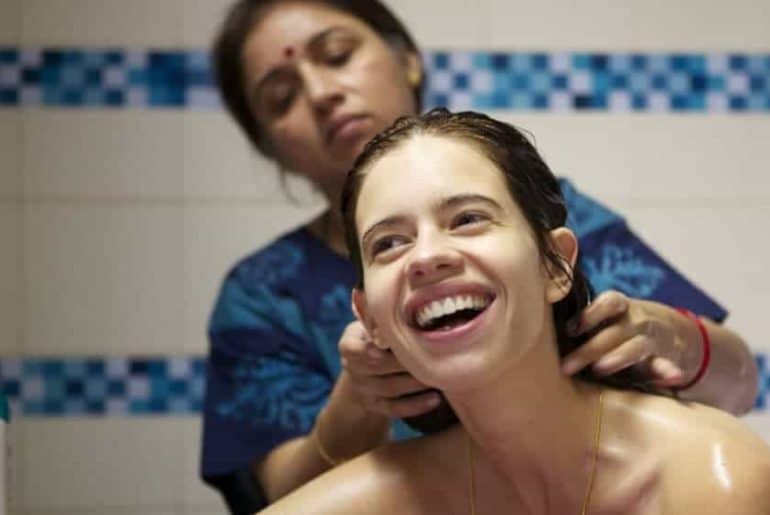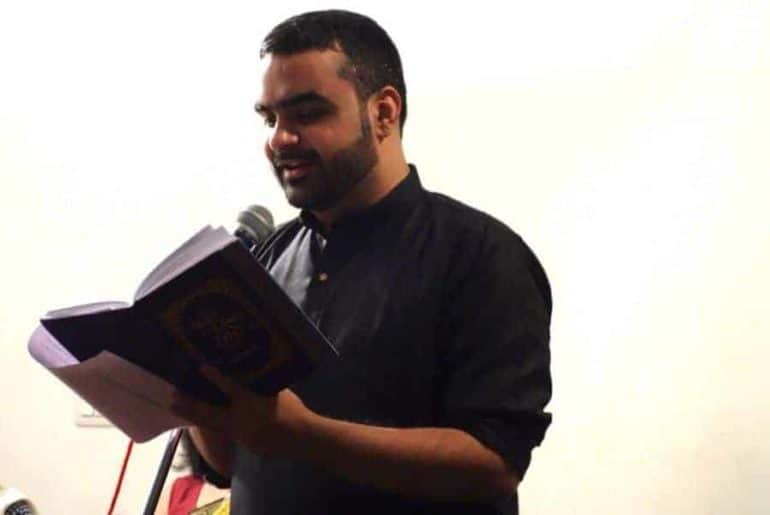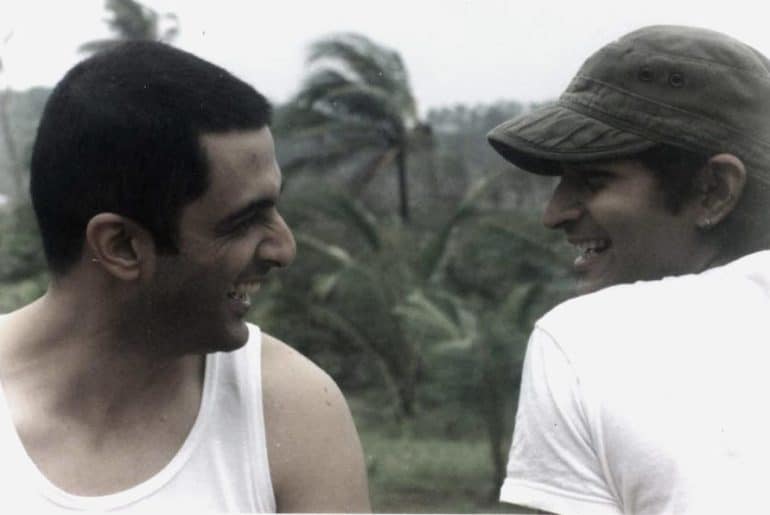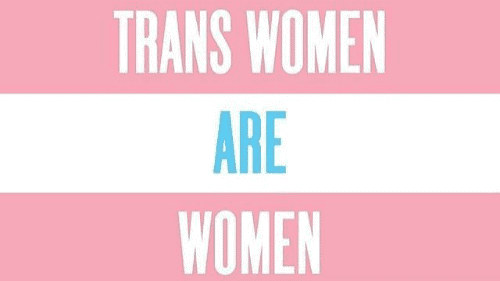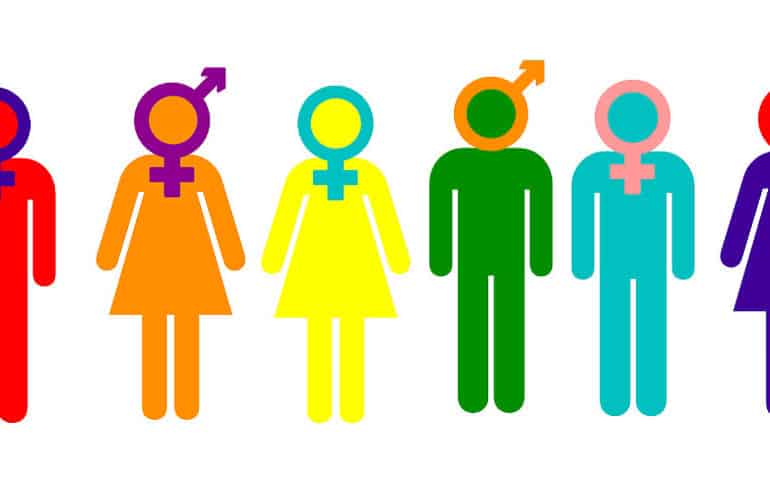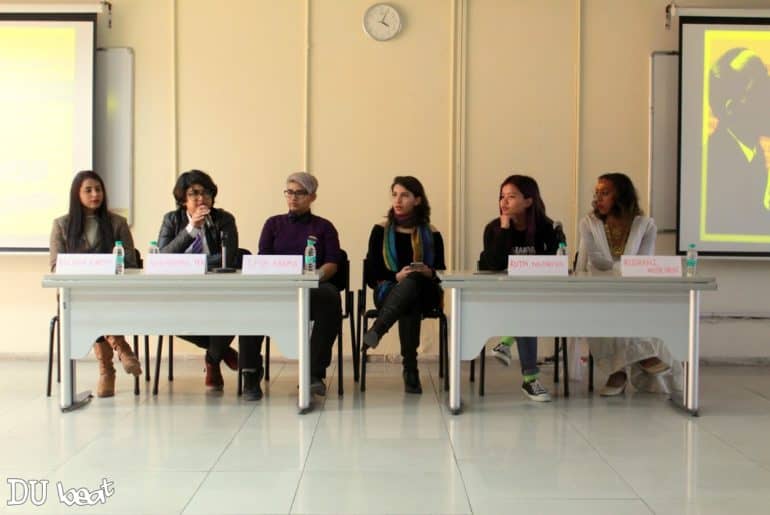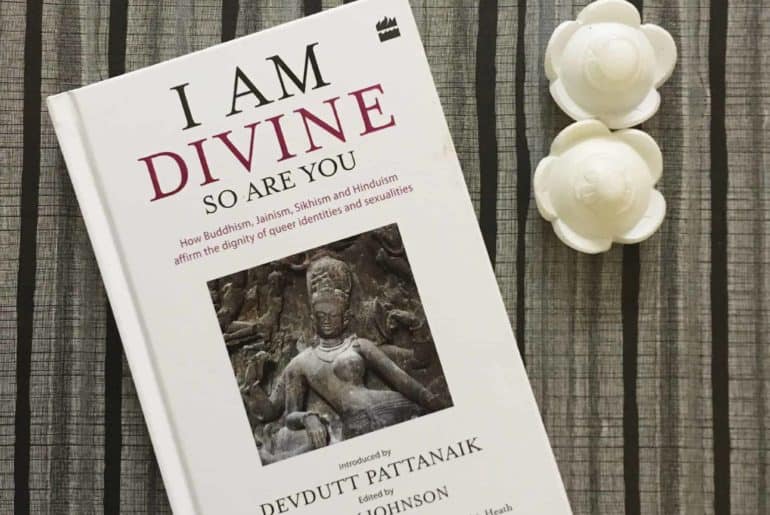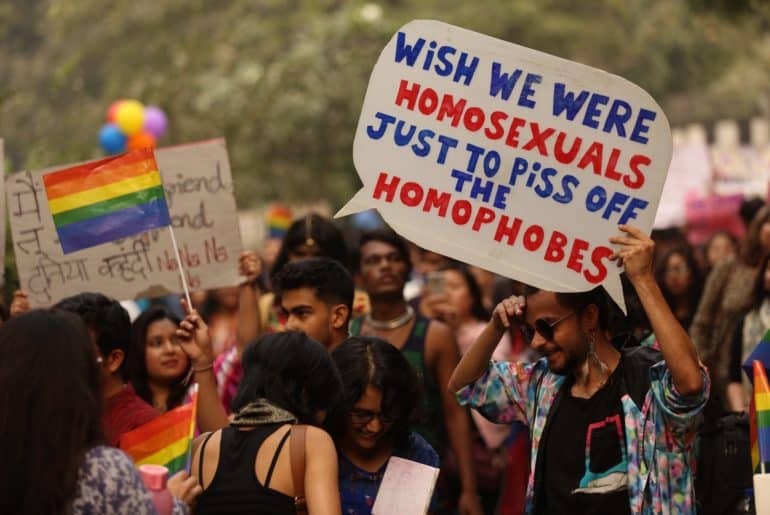Directed by Shonali Bose, this heart-warming story about young Laila suffering from cerebral-palsy and undergoing life changing experiences is an underrated gem that you must watch.
Margarita with a Straw begins with a montage of simplicity, with sequences of a disabled girl taking active part in routine family car rides and having fun with college mates. This cuts to a scene where Laila (played to perfection by Kalki Koechlin), in her wheelchair is being carried by two men to the upper floor of her college. Kalki’s expressions evoke Laila’s disgust with this way of transport.
Unlike other portrayals of differently abled characters in Bollywood, the viewers aren’t made to feel pitiful or sorry for Laila. Laila is like everyone else. She makes mistakes and owns up to them. Her explorations might hurt others emotionally, but she is unapologetic for undertaking her journey.
Revathy, who plays Laila’s Aai is earnest and sincere. She is understanding yet a typical prude Indian woman who can neither accept that her daughter has a boyfriend nor that she watches porn. Still her apprehensions to accepting her daughter’s sexual preferences are not melodramatic; they are subtle, veiled and anti-climactic.
This isn’t a coming out story, or a love story. Rather, it is a journey of a young girl, going through changes, going into the real world, breathing in independence and exploring her sexuality and preferences.
It takes her half the film and romantic relationships with four different characters to finally say that she is bisexual. The film takes liberty in not only making others realise that Laila is attracted to both men and women, but also lets the audience see how she herself comes to that conclusion.
The clear distinction between a lesbian (Sayani Gupta’s brilliant Khanum) and bisexual is a feat achieved by this film because it clearly and aptly represents not one, but two people identifying in different ways with the LGBTQ+ community.
The depiction of Laila’s journey isn’t like a fierce roller coaster ride. It is like water currents of a river, which eventually end up finding its way to the calmness of the sea. It is an emotional, compassionate and humanistic portrayal which will certainly move you.
Feature Image Credits: Variety
Sakshi Arora
[email protected]

